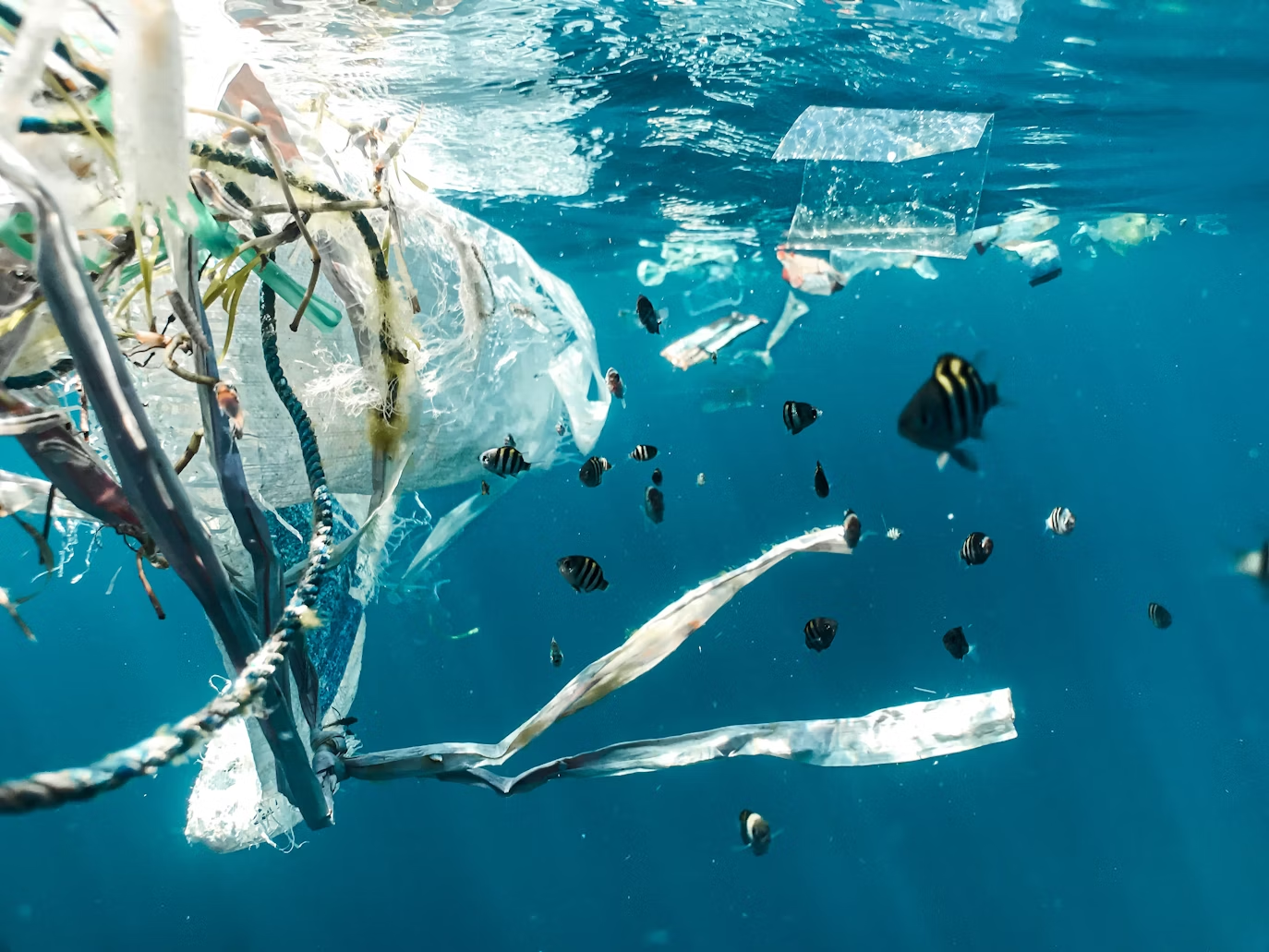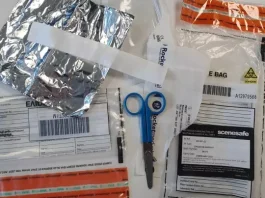Will plastic remain an unstoppable tide in the age of convenience and consumption? Jack Shaw, a seasoned writer and editor for Modded, delves into why ocean plastic waste persists despite global solutions to reverse it.
Plastic is everywhere — in supermarkets, at home and in the oceans. Despite global efforts to curb it, the quantity of waste accumulating in bodies of water continues to escalate.
Why is ocean plastic waste still a worldwide crisis despite the efforts of governments and NGOs? Can the trajectory of plastic production and consumption be reversed? Explore the ocean’s current state, why people can’t quit plastic and potential solutions that will bring long-term results.
What’s the current state of ocean plastic waste?
While it’s challenging to say exactly how much plastic is in the ocean, recent research suggests around 1 million tonnes of it enter the water. However, previous research estimates it could be around 8 million tonnes per year.
Many plastic forms pollute the planet’s waters, including silicone, polycarbonate, polyethylene, microplastics and polystyrene. With so much waste polluting the oceans, the amount of plastic floating in them falls too short of what environmentalists say should be there. This is known as the “missing plastic problem.”
There are various theories behind the discrepancies — one is that ultraviolet light causes plastics to photo-oxidise. Another explanation is that only a fraction of the trash remains buoyant on the surface, while some sinks to the seabed.
Global efforts to combat ocean plastic waste
Global voluntary efforts tackling ocean plastic pollution show the public progress is possible on an alarming environmental issue. The Tracking of Plastic in Our Seas project exemplifies such an effort.
This project consolidated ocean currents, tides and wind activity to predict how plastic waste flows at the ocean’s surface. Recent findings show the prevalence of plastic pollution in the Arctic. Waste from distant regions is carried to it from lower latitudes by atmospheric transport, rivers and ocean currents.
For many years, governments and corporations have been promoting the importance of recycling. Globally, only 9% of plastic waste is recycled, while 22% remains unmanaged. However, plastics can only be recycled several times due to structural breakdowns during the process. Various types — especially those stained by food or electronic devices — often bypass the conversion process.
Governments have started taking measures. One of the primary focuses is banning single-use plastic. France was the first country to prohibit plastic cups and plates — excluding biodegradables — to welcome a more sustainable economy. In 2022, the government also banned plastic packaging on 30 types of fresh produce. By 2026, wrapping fruits and vegetables in plastic will be banned entirely.
The United Kingdom is also taking concrete steps to combat plastic waste. The UK banned plastic straws and bottles in 2018, making way for biodegradable takeout containers. Plastic microbeads were also banned nationwide to prevent them from polluting rivers and lakes. Cosmetic and cleaning product brands were at the forefront of this movement.
NGOs have also emerged as influential agents in the fight against ocean plastic waste. For 51 years, Ocean Conservancy has launched projects that have removed around 348 million lb of trash from the sea. Now, there’s Surfers Against Sewage — an NGO that rallied around 100,000 volunteers to clean the beaches, rivers, shorelines and streets.
Challenges facing global efforts
The amount of plastic waste is forecasted to almost triple globally by 2060. As its negative effects become more evident, the drastic measures implemented by scientists, governments and NGOs aren’t making significant changes. Where does the problem lie?
One reason is many people believe recycling significantly helps reduce waste. Although effective to some extent, research from the University of Leeds suggests it ranks low on a list of solutions people could use to combat climate change.
Nathalie Gontard, Research Director at the INRAE Centre of Occitanie-Montpellier, says true recycling is rare because plastic degrades. According to her, Germany and Austria’s recycling dynamics didn’t reduce waste significantly.
“If we examine recycling dynamics in countries such as Germany and Austria, which claim to recycle nearly 50% of their plastic waste, we see that their consumption of virgin plastic has not concomitantly declined by half. Indeed, it has yet to decrease at all. Thus, dependence on plastic has been maintained, and products made from natural materials remain at a competitive disadvantage.”
Another reason is the need for more public awareness. Despite global efforts, many people remain unaware of their daily plastic consumption. A survey of adults in the United States showed 24% of the US adult population was unfamiliar with the term ‘microplastics’. Despite the lack of information and concern, adults in the study reported a willingness to reduce single-use plastic usage.
The lack of awareness is also rooted in people not feeling responsible for the environment and believing it’s the government’s responsibility. The reluctance to participate can be associated with a lack of access to waste management facilities and the absence of incentives. Because there are no tangible benefits to sorting waste or recycling, the community feels unwilling to participate in minimising plastic usage.
Lastly, cutting out plastic completely sounds implausible in the age of convenience. Convenience is a primary reason the world can’t move away from it. It’s now a part of public consciousness in this fast-paced world. In fact, Southeast Asia is a rising hot spot for plastic pollution due to urbanisation and the growing middle class.
What’s the solution?
This crisis is a complex issue that demands a multi-pronged solution. Given the challenges that hinder sustainable changes, robust procedural agreements between governments and businesses are vital to curb the proliferation of plastic production. More innovative solutions are also necessary, as recycling won’t cut it in the long run.
For instance, Australian company Licella Holdings developed a new, promising technology called a Catalytic Hydrothermal Reactor, which converts unrecyclable plastic into oil. This hydrothermal liquefaction technology recycles all kinds of plastics, including end-of-life items that would otherwise end up in landfills and the ocean.
Another scientific breakthrough is the PlasticRoad project, which converted waste plastics into roads. PlasticRoad developed a bike lane in Zwolle and a road in Overjissel. The project also proved recycled plastic provides more durability than asphalt and requires minimal heavy equipment and installation, reducing carbon emissions.
Aside from these innovations, large countries should lead the way to change. With China — one of the massive plastic polluters — announcing the ban on single-use plastic bags, a world less reliant on plastic is still possible. A switch from a linear to a more circular economy with efficient reuse and recycling of waste plastics also poses a more sustainable future.
Conquering the plastic waste crisis
The prevalence of ocean plastic waste is a stark reminder of the complex interplay between inadequate waste management, relentless production, human consumption, lack of public awareness and the resilience of plastic itself.
While significant strides have been made, the scale of the crisis requires a more systematic approach. Aside from beach cleanups and recycling initiatives, investing in alternative materials research and development promises a better future for the marine environment.









